How Much to Mark Up Your Products: Tips for Small Businesses
How do you find the right markup for your product that both attracts customers AND makes a profit? In this blog post, we will discuss some tips for setting prices that will help your small business thrive!
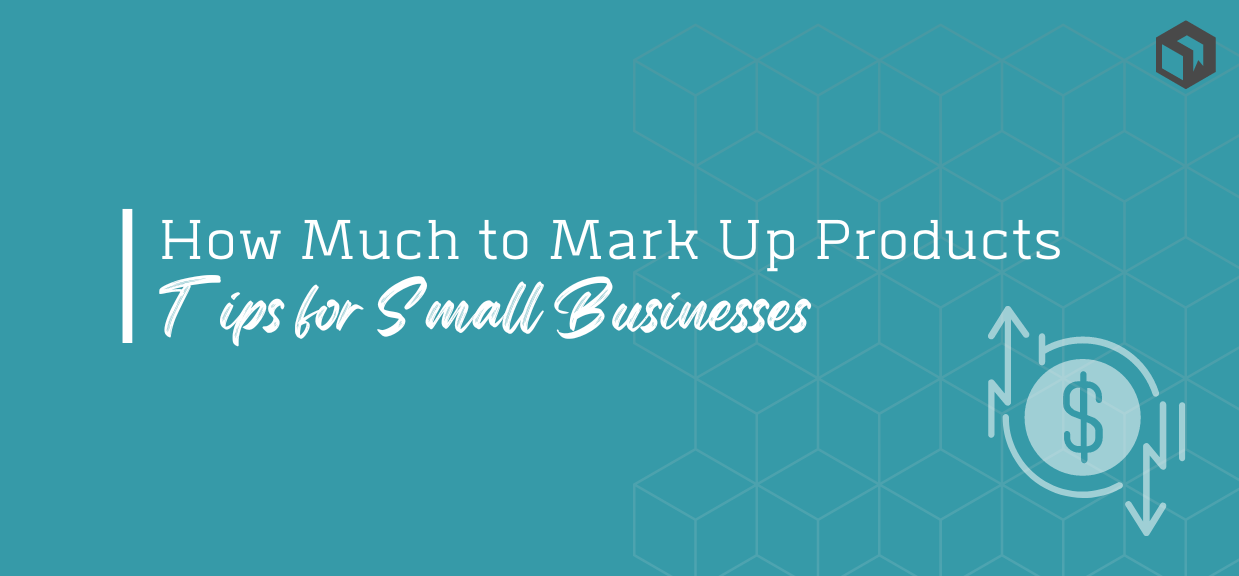
As a small business, it’s important to find the right price point for your products. You don’t want to charge too much and scare away potential customers, but you also don’t want to charge too little and lose money on each sale.
So how much should you mark up products? In this blog post, we will discuss some tips for setting prices that will help your small business achieve the profit margins you want.
Ready to take your DTC business to the next level?
Try Craftybase: the award winning pricing software for makers that calculates accurate markups guaranteed to skyrocket your profit margins
In this article we will cover:
- What is a markup?
- Percentage vs. Absolute Markups
- A basic percentage markup Formula
- Examples of pricing markup calculations
- What should I be charging for my products?
- Pricing Strategies
- Using software to calculate your markups
- Conclusion
What is a markup?
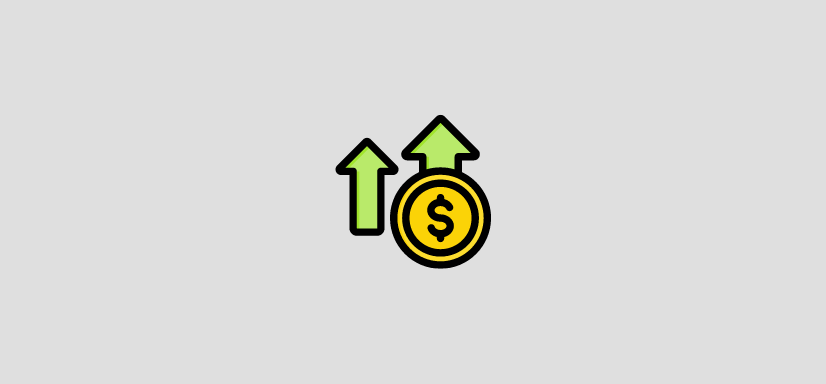
Let’s start with some definitions first. Markup is essentially the amount you add to your production cost to arrive at a retail price.
It is a commonly used technique to add consistent profit margins to your product prices. So, why is having a consistent pricing strategy important? Because if your goal is to make a profit, you need to ensure that each sale results in positive revenue. In other words, your total revenue from sales must be greater than your total cost of goods sold.
It’s also important when it comes to discounting. If you have a consistent markup, then you can offer a discounted price or two without having to worry about losing money on the sale.
Percentage vs. Absolute markups
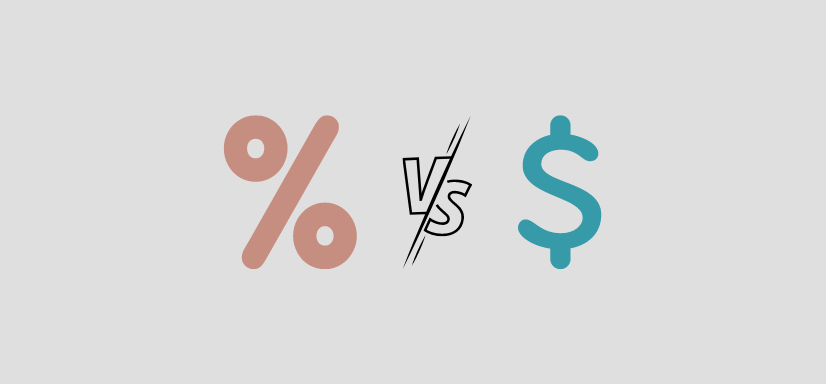
There are two main types of markups: percentage and absolute. With a percentage markup, you simply take the production cost of the product and multiply it by a certain percentage. This markup technique is sometimes also referred to as “Cost plus pricing”.
For example, if your product costs $20 to produce and you want to add a 20% markup, you would charge $24 for the product ($20 x 120% = $24).
With an absolute markup, you take the production cost of the product and add a flat fee on top of that. So, if your product costs $20 to produce and you want to add a $15 markup, you would charge $35 for the product ($20 + $15 = $35).
Some products, such as those that are unique or have a high perceived value, might do better with an absolute markup. For example, if you sell handmade jewelry, each piece is likely to be one-of-a-kind. In this case, buyers are less likely to compare prices because there is no other product exactly like it. As a result, you might be able to get away with charging a higher price.
On the other hand, products that have many competitors or are commoditized might do better with a markup percentage. For example, if you sell t-shirts, there are likely many other businesses selling t-shirts as well. In this case, buyers are more likely to compare prices and look for the best deal. As a result, you might need to set a lower selling price in order to compete.
A basic percentage markup formula
A very basic markup formula looks something like this:
Base Manufacture Cost + (Base Manufacture Cost x Markup) = Recommended Price
This markup formula may look a little complex at first glance, but it’s quite straightforward when you break it down:
Base Manufacture Cost

The first part is your Base Manufacture Cost (otherwise known as your “Cost Price”). This is your actual production cost to make the product and usually includes just materials. If you were to set your sales price to be your cost price you would make zero profit (…and may even make a loss as you haven’t factored in sale costs and overheads!).
More details on how to calculate your Base Manufacture Cost can be found here →.
The next part (Base Manufacture Cost + Markup) is where the actual markup is applied to your base costs. The markup here is a multiplier and results in the actual amount you are adding to your cost price to get to your price.
The following table shows some example percentage markups and their equivalents as multipliers:
| Markup | Multipler |
|---|---|
| 0% | 0 |
| 50% | 0.5 |
| 100% | 1 |
| 150% | 1.5 |
| 200% | 2.0 |
An important thing to note here is that the price you calculate from the markup formula above doesn’t factor in any internal labor, overheads, or fees for selling your product online so you’ll want to ensure that these are added after the markup is calculated to ensure that the markup delivers the gross profit you need.
Our article about handmade pricing covers these additional pricing factors in-depth and gives you a complete pricing formula to use: How to set the right price for your DTC products →.
Examples of pricing markup calculations

Let’s now step through some pricing examples to see how you can use percentage-based markups to generate a sales price.
Using the markup formula we have created above, let’s firstly calculate the cost price markup using zero 0% to see what happens:
29 + (29 x 0) = $29
As nothing has been added to the cost price, it remains at $29 - the cost to produce the product.
Now, let’s apply a 150% markup (1.5 multiplier) to see what we end up.
29 + (29 x 1.5) = $72.50
Adding the 1.5 markup gives us a price that allows for a gross profit of $43.50.
This table gives some further examples on how pricing changes depending on the markup applied:
| Base Cost | Markup | Multipler | Price |
|---|---|---|---|
| $29 | 0% | 0 | $29 |
| $29 | 50% | 0.5 | $43.50 |
| $29 | 100% | 1 | $58.00 |
| $29 | 150% | 1.5 | $72.50 |
| $29 | 200% | 2.0 | $87.00 |
If you have products that you have priced using a different method, an interesting exercise is to reverse the formula to find out the current markup and factor this into your overall pricing model:
In this calculation, you’ll want to put your current sales price for Price and your total manufacture cost for Cost.
Also ensure that you remove any additional factors like labor, overheads, and fees that you may have included.
What should I be charging for my products?
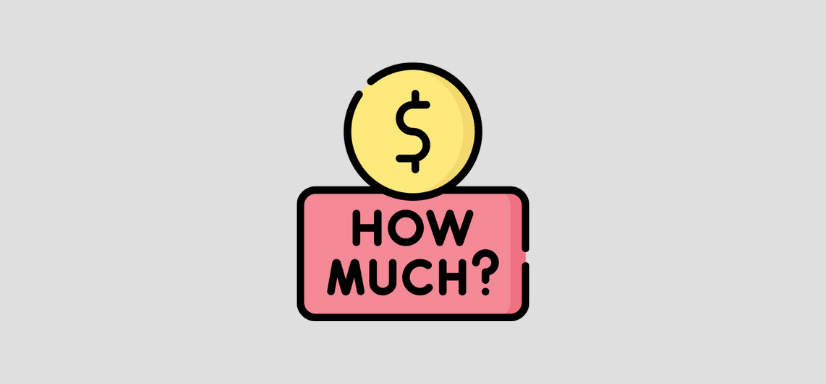
Now that we know what markup is, and we can also calculate using percentage and fixed markups to generate recommended sales pricing and gross margins, let’s talk about how much you should be charging.
Wait, you say! Haven’t we just covered this? Well, it’s worth considering that what you should be charging for your products can sometimes be completely different from the recommended prices you have calculated above. Why? Because the price you charge should also reflect your brand, how much customers are willing to pay (demand), how much similar products cost (competition), and how expensive it is to make your product.
In other words: there’s more to pricing than markup! And that’s what we’re going to look at next.
The key to small business success is to use a structured pricing strategy above to calculate your pricing as a consistent base, and then apply marketing and pricing psychology to best position your product in the market.
There are a few additional factors to consider when setting your prices:
Perceived Value Pricing
This is a pricing strategy based on knowing how much your customer is willing to pay for your product. If you’re selling a luxury item, you can generally charge more than if you’re selling a mass-produced item.
But, even if you’re selling a luxury item, you need to make sure that your price is in line with what similar products are selling for. You don’t want to price yourself out of the market.
Competitive Pricing
How much are similar products selling for? If you’re selling a unique product, you may be able to get away with charging more than the competition. But, if you’re selling a commodity product, you’ll need to price your product competitively.
Target profit margin
How much profit do you want to make on each sale? This will vary depending on your business goals. If you’re just starting out, you may be happy with a lower profit margin so that you can increase sales and grow your business. But, as your business grows, you may want to increase your profit margin so that you can reinvest in your business or take some money out for yourself.
Pricing Strategies
Once you’ve considered all of these factors, you can start to set your prices. There are a few different pricing strategies that you can use: cost-based pricing, value-based pricing, and competition-based pricing.
Cost-based pricing is when you price your products based on how much it costs you to make them. To do this, you’ll need to know your total manufacturing cost for each product. This includes the cost of materials (sometimes referred to as COGS), labor, overhead, and any other costs associated with making your product. Once you know your total manufacturing cost, you can add your desired profit margin and come up with a price for your product.
Value-based pricing is when you price your products based on how much value they provide to your customers. To do this, you’ll need to understand the needs of your target market and what they’re willing to pay for your product. Once you know how much your target market is willing to pay, you can add your desired profit margin and come up with a price for your product.
Competition-based pricing is when you price your products based on what similar products are selling for in the market. To do this, you’ll need to research your competition and see how much they’re charging for their products.
Using software to calculate your markups
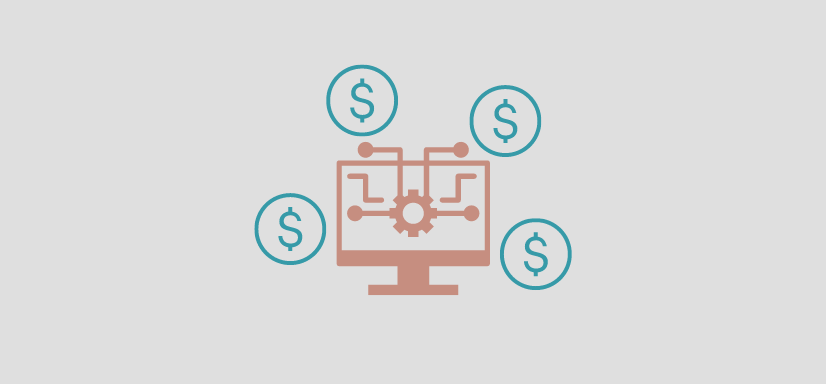
Once you’ve decided on a pricing strategy, you can use software to help you calculate your prices automatically for you (and hence save your brain power for other parts of your business!). There are a number of software programs out there that will help you calculate how much to charge for your products based on your costs, desired profit margin, and the competitive landscape.
If you’re comfortable using Excel, you can use it to help you calculate your prices. There are a number of formulas that you can use to help you determine your manufacturing cost, desired profit margin, and the competitive landscape. You can find a lot of helpful resources online that will walk you through how to use Excel to price your products. It’s worth keeping in mind that this solution can quickly get unwieldy if you have a large product range with variations.
Craftybase is a great solution for small businesses who want to automatically price their products using cost-based pricing. With Craftybase, you can easily track your manufacturing costs and calculate your desired profit margin. And, because it’s based on your actual costs, you can be sure that you’re always making a profit on your products. Check out their free 14 day trial here.
Conclusion: Experimentation is key!
At the end of the day, how much markup you charge is up to you and it will impact on the number of sales you make and the profits you take.
For this reason, it’s an incredibly important thing to spend time on and refine until it’s right: you need to decide what will work for your business and what will help you reach your profit goals. Try different markups and see how it affects your sales. And don’t be afraid to adjust your prices as needed until you find a combination that works best!
